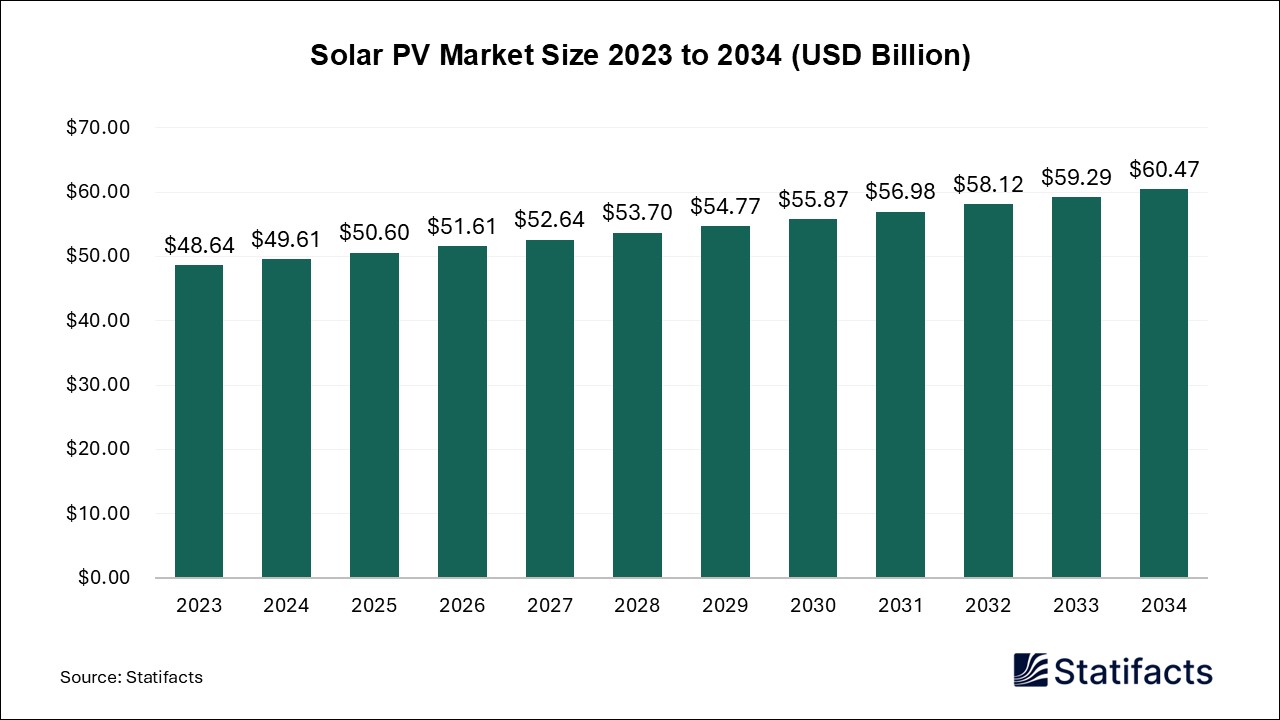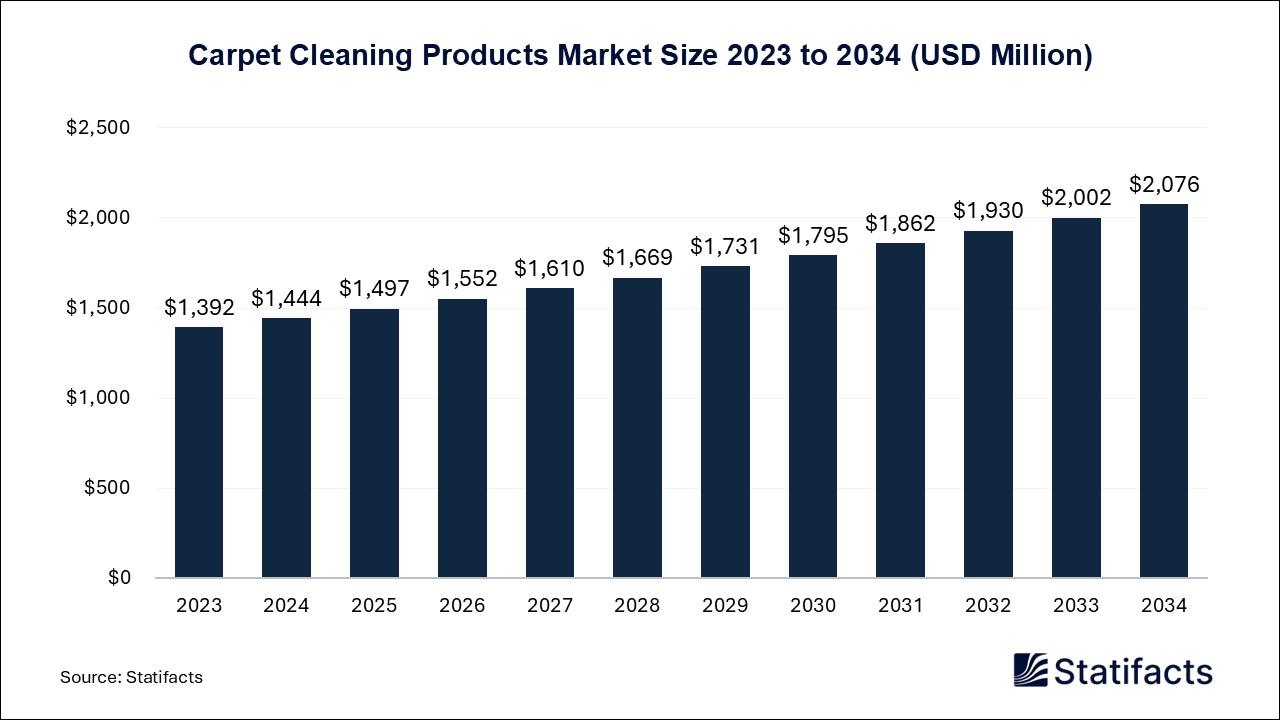
By clicking “Accept All Cookies” you agree to the storing of cookies on your device to enhance site navigation, analyze site usage, and assist in our marketing efforts.
Privacy PolicyThe self-administered biologics market incorporates those biologics developed to be administered by the patient themselves, most commonly using prefilled syringes, auto-injectors, pens, and even portable injectors. The self-administration biology market is gaining traction, especially in the treatment of chronic diseases, owing to the increasing acceptance of subcutaneously administered biologics. This delivery mode has enhanced bioavailability and absorption rates, which is more suitable for the patients. Supportive studies on patients’ preference underscore this notion as it cuts down treatment costs and exudes the treatment flexibility in patients. This situation was aggravated by the COVID-19 pandemic where home healthcare solutions began to be embraced.
However, the thick nature of some biologics and the constraints imposed by the devices can pose a challenge on the growth of the self-administered biologics market. There is still a need for manufacturers to develop more advanced systems if they are to cater for biologics with varying characteristics and ensure self-administration by the patient is possible. New trims of self-administration devices in the form of electromechanical auto-injectors and large format ready to use cartridges enhance users’ convenience and compliance.
By Indication
By Product
By Mode of Delivery
By End User
By Brand
By Technology
Published by Kesiya Chacko
| Subsegment | 2024 | 2025 | 2026 | 2027 | 2028 | 2029 | 2030 | 2031 | 2032 | 2033 | 2034 |
|---|---|---|---|---|---|---|---|---|---|---|---|
| Diabetes | - | - | - | - | - | - | - | - | - | - | - |
| Rheumatoid Arthritis | - | - | - | - | - | - | - | - | - | - | - |
| Anaphylaxis | - | - | - | - | - | - | - | - | - | - | - |
| Others | - | - | - | - | - | - | - | - | - | - | - |
| Subsegment | 2024 | 2025 | 2026 | 2027 | 2028 | 2029 | 2030 | 2031 | 2032 | 2033 | 2034 |
|---|---|---|---|---|---|---|---|---|---|---|---|
| Prefilled Syringes | - | - | - | - | - | - | - | - | - | - | - |
| Autoinjectors | - | - | - | - | - | - | - | - | - | - | - |
| Wearable Injectors | - | - | - | - | - | - | - | - | - | - | - |
| Drug Reconstitution Delivery Systems | - | - | - | - | - | - | - | - | - | - | - |
| Pen Injectors | - | - | - | - | - | - | - | - | - | - | - |
| Subsegment | 2024 | 2025 | 2026 | 2027 | 2028 | 2029 | 2030 | 2031 | 2032 | 2033 | 2034 |
|---|---|---|---|---|---|---|---|---|---|---|---|
| Subcutaneous | - | - | - | - | - | - | - | - | - | - | - |
| Intramuscular | - | - | - | - | - | - | - | - | - | - | - |
| Transdermal | - | - | - | - | - | - | - | - | - | - | - |
| Subsegment | 2024 | 2025 | 2026 | 2027 | 2028 | 2029 | 2030 | 2031 | 2032 | 2033 | 2034 |
|---|---|---|---|---|---|---|---|---|---|---|---|
| Homecare Settings | - | - | - | - | - | - | - | - | - | - | - |
| Hospitals/Clinics | - | - | - | - | - | - | - | - | - | - | - |
| Subsegment | 2024 | 2025 | 2026 | 2027 | 2028 | 2029 | 2030 | 2031 | 2032 | 2033 | 2034 |
|---|---|---|---|---|---|---|---|---|---|---|---|
| Branded Biologics | - | - | - | - | - | - | - | - | - | - | - |
| Biosimilars | - | - | - | - | - | - | - | - | - | - | - |
| Subsegment | 2024 | 2025 | 2026 | 2027 | 2028 | 2029 | 2030 | 2031 | 2032 | 2033 | 2034 |
|---|---|---|---|---|---|---|---|---|---|---|---|
| Homecare Settings | - | - | - | - | - | - | - | - | - | - | - |
| Hospitals/Clinics | - | - | - | - | - | - | - | - | - | - | - |
To get full access to our Market Insights, you need a Professional Account or a Business Suite.

You will receive an email from our Business Development Manager. Please be sure to check your SPAM/JUNK folder too.

You will receive an email from our Business Development Manager. Please be sure to check your SPAM/JUNK folder too.

Our customers work more efficiently and benefit from



